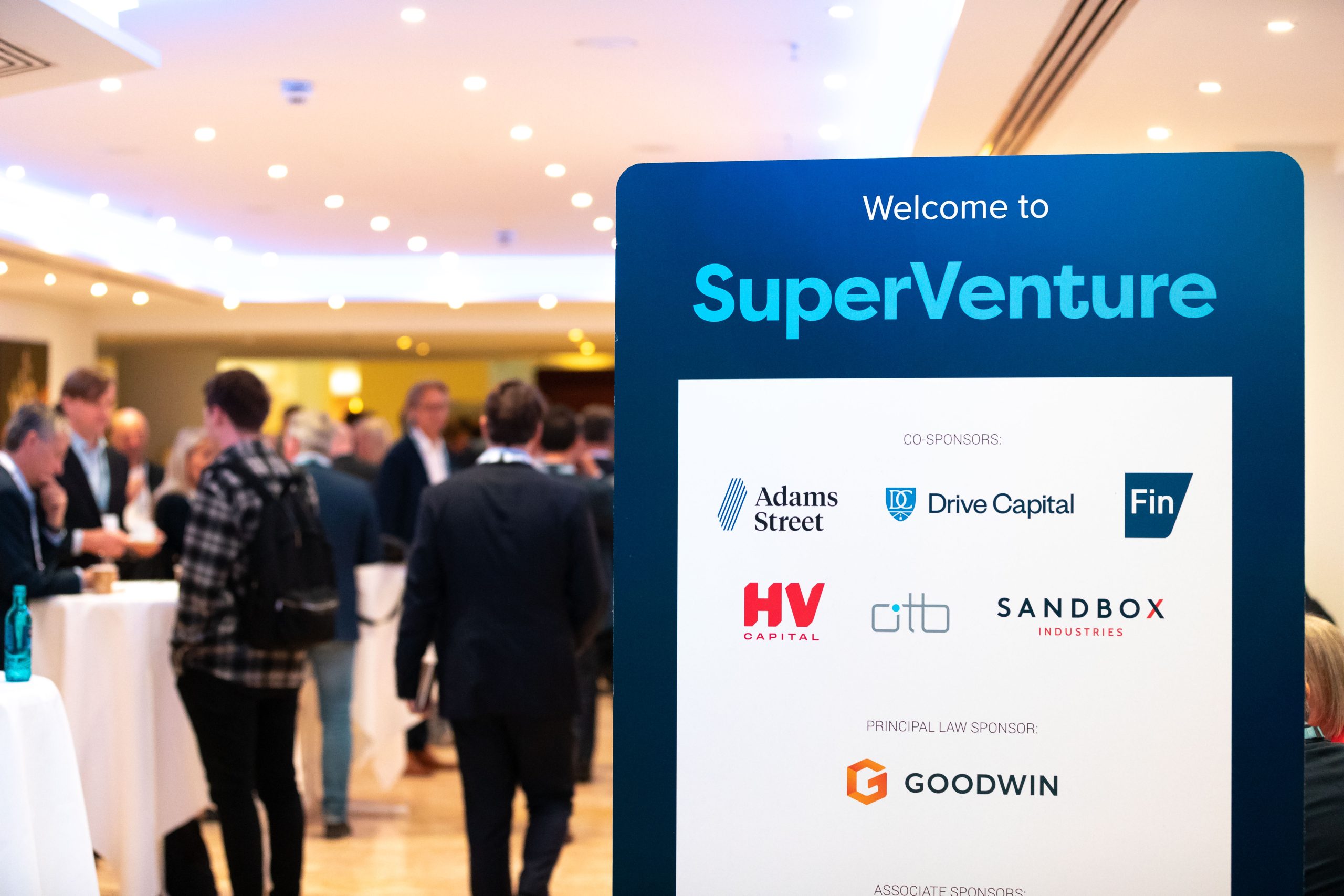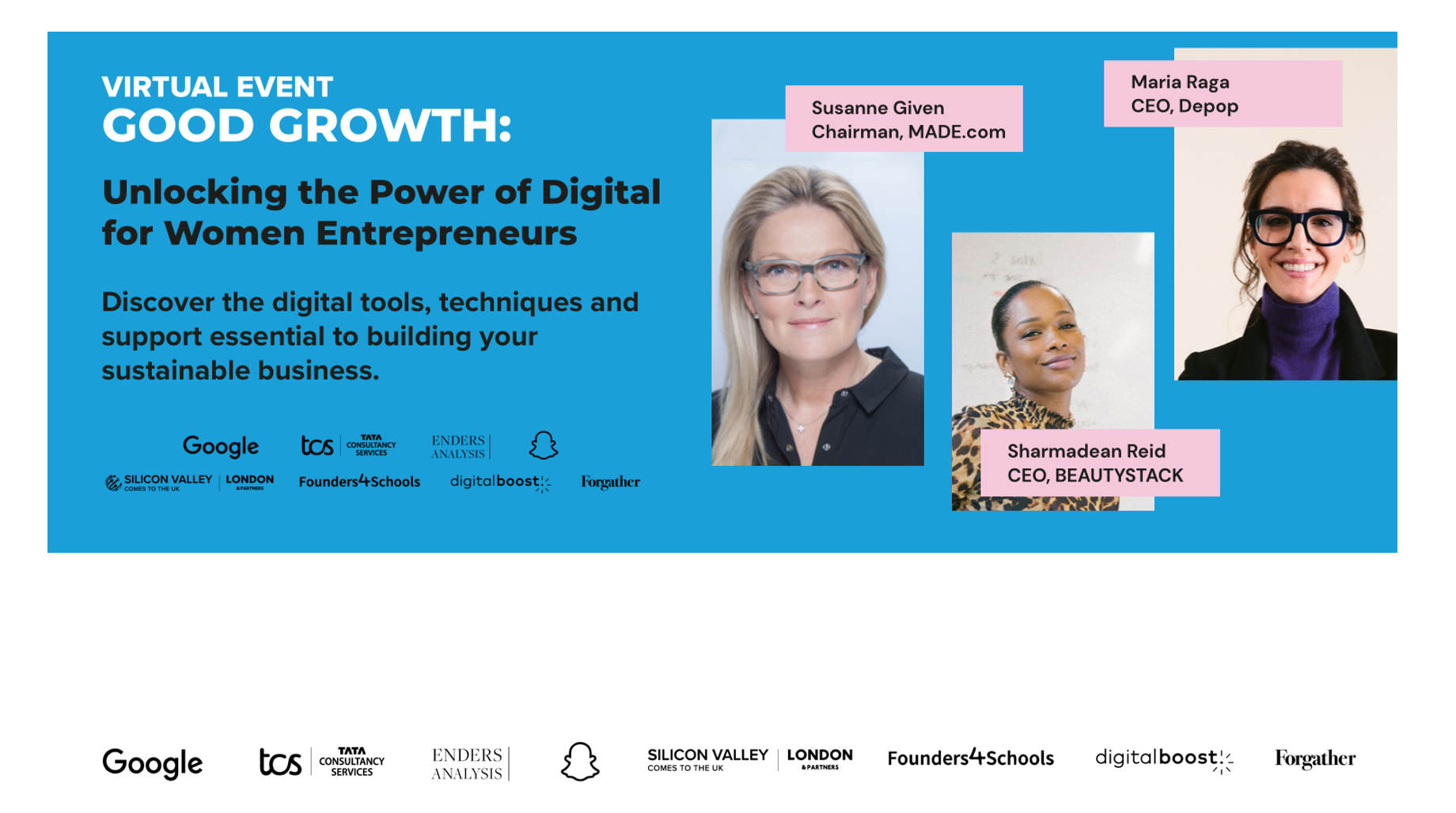Apple made its long-trailed “pivot to services” at its Spring keynote yesterday. As ever with the fruity firm, it was a confident pitch, and there can be little doubt that a solid foundation has been laid for Apple to remain ludicrously prosperous in its new, less hardware-centric guise. But with elements of the offering seeming clearly unfinished, and with glaring gaps in the story underpinning some of the new services leaving major brand questions unanswered, it didn’t quite add up.
For several years – right the way back to Steve Jobs’ triumphant return to the company, but most notably during the rocket-propelled heyday of the iPhone and iPad – Apple proved itself a masterful storyteller. It could show you something you didn’t know you wanted until you saw it – at which point you desperately wanted it – and then in just a few short minutes convince you that you didn’t just want it, you needed it. Peak Apple nailed the not-a-sales-pitch sales pitch, not just telling you, but showing you, exactly how its Next Big Thing fit seamlessly into your life, immeasurably improving it along the way.
However, the pitch has lacked lustre in recent years. Tentpole products have become commoditised and the whole smartphone market has matured – there’s only so far anyone, even Apple, can innovate the smartphone these days. New hardware has either taken a few generations to find a saleable niche (the Apple Watch), or suffered in comparison with earlier-to-market products from competitors (the HomePod, despite being a brilliant speaker, is crucially just a fine smart speaker). The storytelling around both has felt uneasy, the products themselves inessential. Whether you put Apple’s faltering storytelling down to the absence of the late Mr Jobs, or (more plausibly) just the fact that the products themselves simply aren’t — and could never be — as irresistibly transformative as those that came before, there’s no doubt that Apple has been straining somewhat.
***
So anticipation was high for yesterday’s keynote. Could Apple recapture that old storytelling magic as it sought to convince the watching world that we need its new offerings, and that a more services-centric Apple than ever before will be able to continue churning out quarter after quarter of stratospheric profits. Given the company’s shaky track record with services – past missteps range from MobileMe the hilariously ill-fated music-focused social network Ping – it was far from a certainty.
Things got off to a solid start as Tim Cook broke down the not-so-secret sauce behind much of Apple’s success over the past few decades as he outlined its credentials to become a leading services provider. The tight integration of hardware, software, and services that comes from Apple’s total ownership of its products has consistently been cited as one of those products’ greatest strengths, but Apple itself has seldom made the analysis so explicit.
As the keynote unfolded, however, strange things started happening. Holes appeared in the story, and significant questions went frustratingly unanswered.
***
Take the new Apple TV offerings, for example. First up, Channels received a muddled introduction that left the service sounding for the most part like a box within a box for subscriptions the user already owns. Hardly groundbreaking. But the most glaring omissions came in the grand reveal of Apple TV Plus, the company’s new streaming service for its own original content. Apple wheeled out big name after big name to wax lyrical about the projects they have signed on to develop, but not a single one was granted a trailer. Sure, the service doesn’t launch until later in the year, but we were left wondering – is this stuff not ready yet? Is Apple worried that poor first impressions this far out could ding sign-up numbers at launch?
It was a curious stumble out of the gate. But there were even more fundamental questions that Apple failed to address – the most significant of which is, why did it feel the need or qualification to become a content creator at all? The introductory film that played at the keynote saw an impressive roster of creatives from film and TV muse on the creative process – in fact, it was reminiscent of the Jony Ive-voiced product design videos Apple has been increasingly keen on in recent years. But at no point did Tim Cook or anyone else on stage explain Apple’s rationale for shifting from just creating the tools people use to create content, to creating that content themselves.
It’s a major risk for the company, and it already starts significantly handicapped by the substantially higher budgets set aside for original content by incumbents such as Netflix and Amazon. Apple’s shows might be great. But why did Apple need to make them? By tying itself in so inextricably with the creative process and ownership of the content, Apple has potentially exposed its brand to a level of volatility that could be incompatible with its recent very moralistic stance. The company has apparently been very conservative when it comes to the tone and content it has been willing to allow in its original programming – in some cases leading to projects being canned. But what happens if a show or key creative partner becomes problematic?
***
The News Plus service – offering full access to 300 magazines and news outlets for a $9.99 monthly subscription – is looking more compelling to me at the moment, although with it not launching in the UK until later this year it remains to be seen which publications will have signed up. The big questions here, though, surround the name. The service is very clearly a reskinning of the Texture app acquired by Apple a couple of years ago, jammed into the News app. But why, when the focus is almost exclusively on magazines, covering a wide range of lifestyle segments, but with few out-and-out news outlets spotlighted during the keynote?
It leaves you wondering whether Apple might have to climb down on its widely-reported demand for a 50:50 revenue share with publications that come on board, in order to get newspapers to join the revolution. The Wall Street Journal garnered attention before the launch for signing up where the New York Times and Washington Post had refused, and was joined by the LA Times yesterday. Had the WSJ found a way to square the economics of squeezing its $37 monthly subscription into a share of revenue from Apple’s $9.99 service? That’s still not clear – after the keynote, the WSJ put out that only a selection of general interest stories would be available via News Plus, but an Apple exec seemed to confirm full content would be included.
The other failure of storytelling around News Plus – to my mind, at least – concerns the decision to stick so rigidly to the paradigm of magazine “issues”. On the one hand I like the idea of the possibilities for delightful design that digital magazines can open up. This is especially the case on larger iPad screens – interestingly, the iPad was originally held up as a saviour of digital publishing – which makes it all the stranger that the iPad portion of the News Plus presentation was over in flash, the bulk of it focused on the iPhone experience. On the other hand, however, are issues really how people consume magazines these days? In a world when social media and aggregation and curation services are driving a shift towards a more pick-and-mix approach, it’s interesting that Apple has opted predominantly to push digital reproductions of physical products.
***
Based on the pre-event reporting, nobody was expecting the most enticing service Apple announced to be its credit card. Rumours emerged only relatively late in the event hype cycle, and stories were low-key about what to expect from Apple’s collaboration with Goldman Sachs. What emerged on stage – instant cashback, low interest rates, no fees, sophisticated fintech-style financial health functionality, and a focus on privacy that extends even to the super-stylish physical card – quickly turned into the most popular announcement, according to anecdotal evidence on Twitter and Nilay Patel of The Verge’s analysis of his site’s traffic. Apple still has the capacity to surprise and delight, but even here there were gaps in the storytelling approach. With this bold move into financial services alongside a banking behemoth (albeit one successfully shifting its Global Financial Crisis-tainted reputation with its innovative, consumer-focused Marcus sub-brand), Apple waved goodbye to any last lingering pretence of upstart status.
***
Will Apple ever launch anything – hardware, software, or service – as innovative or as influential as the iPhone again? Almost certainly not. I’m not sure anyone could. The services pivot was inevitable – and, given stagnating hardware sales in mature markets, necessary. While the overall story still has plenty of gaps to be plugged – watch out for updates at WWDC in the summer, in particular where the Apple Arcade gaming subscription service, and a potential multi-service bundle, are concerned – there was certainly enough on show yesterday to provide cause for optimism about Apple’s services-led future.
One thing Apple did communicate brilliantly well about its new services was their sheer Appleness. There were telling jabs at rivals in the heavy repetition of the core principles behind the services – most notably privacy and human curation. Apple will continue to sell shed-loads of iPhones. And it will continue to make obscene amounts of profit doing it. Will services make as much as the iPhone has? No. Do they need to? Also no – just enough to replace sagging hardware revenue, keep people in the ecosystem, lure over a few new devotees, and keep growth going.
Missteps are to be expected with a strategic shift this massive. It happened with hardware products, too – first-generation Apple products – from the iPad to the Watch to new MacBooks – have often been accused of being underpowered or slightly misconceived before being redefined to find their. And as Oprah said when she explained why she took up Apple’s offer of producing new shows – Apple devices are in more than a billion pockets and bags around the world. Mere on-device presence has been a big driver behind Apple Music quickly coming close to matching Spotify for paying users. Watch this space.




